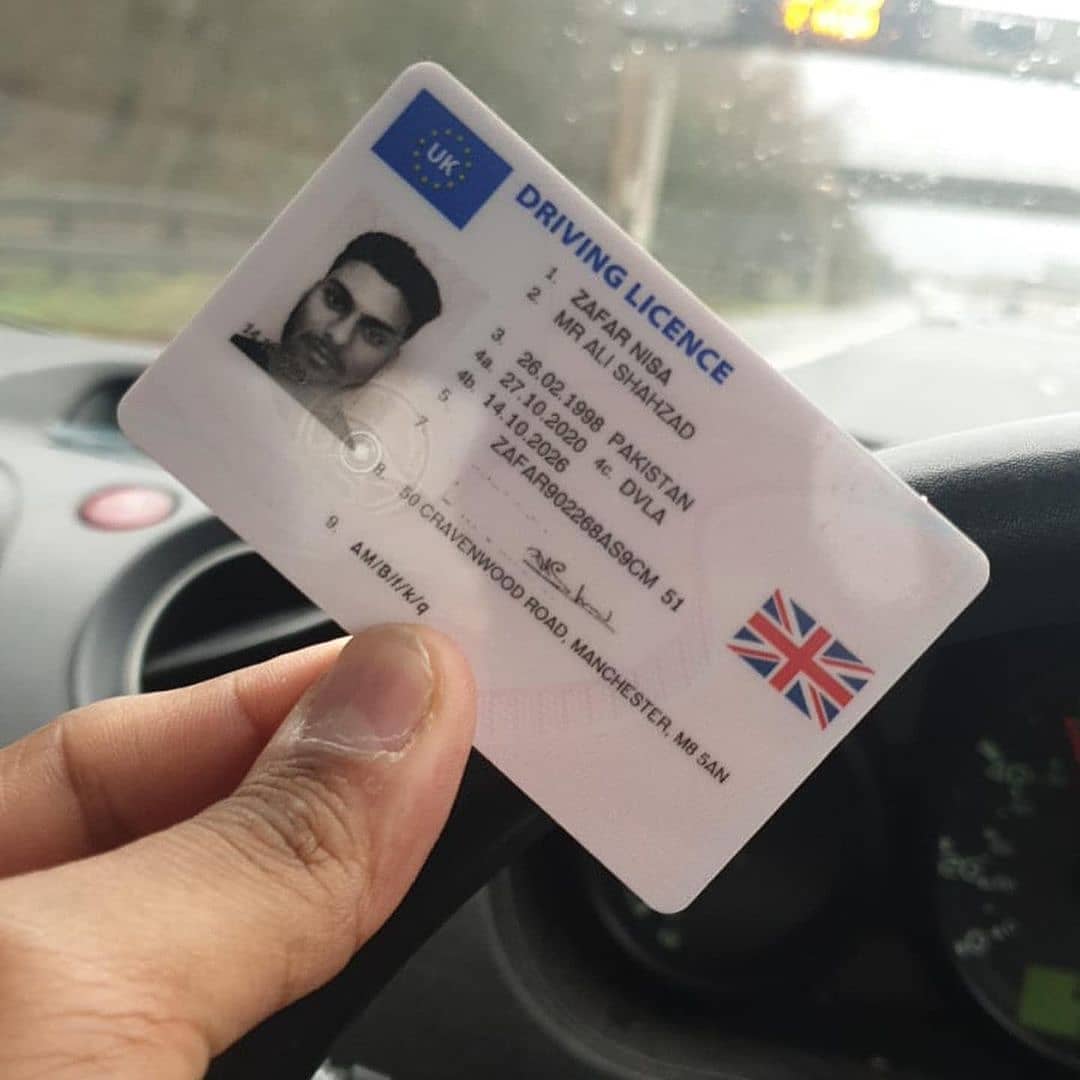Uk Driving license After Brexit
This includes new driving licence and insurance requirements, which Transport Secretary Grant Shapps said in January 2021, marks a “historic moment for British motorists” and that those who wish to drive in the EU can “continue to do so with ease.”
This Insight explains the new requirements for driving in Europe, and for EU licence holders driving in the UK. Some details are subject to change and should be read as correct at the time of writing.

Are UK driving licences still valid in the EU?
UK photocard driving licences will continue to be valid while driving in the EU, Iceland, Liechtenstein, Norway and Switzerland.
Those with a paper driving licence only, or a licence issued in Gibraltar, Guernsey, Jersey or the Isle of Man, may need to purchase an International Driving Permit (IDP) to drive-in some EU countries and Norway.
The type of IDP a driver will need (there are three), depends on the countries in which they wish to drive. The UK Government recommends checking with the relevant embassy before traveling.
Those who live in an EU country – or in Iceland, Liechtenstein, Norway or Switzerland – and are currently using a UK driving licence, will have to exchange it for a local one. The deadline for doing so depends on the country in which they live.
The situation is less certain for those who split their time between the EU and the UK.
Drivers can only hold one licence at a time. The type of licence a person has (either UK or EU) is ultimately a choice for them, although it may depend on the number of days each year they live in each country.
What car insurance is needed to drive in Europe?
This is because, since August 2021, the UK has participated in the green card free circulation zone (GCFCZ) as a third country. The UK lost automatic membership of the GCFCZ following Brexit, but its membership was effectively reinstated by the European Commission in August 2021.
Countries in the GCFCZ comprise all EU and EEA countries, plus Andorra, Bosnia & Herzegovina, Montenegro, Serbia and Switzerland.
The Government advises motorists to carry proof of vehicle registration, such as a vehicle log book (V5C), when driving abroad. If drivers wish to tow a trailer or caravan in Europe, they will also need to register it if it is a commercial trailer or over a certain weight threshold.
Is it necessary to display a UK sticker?
Each country has its own vehicle mark for driving internationally. For the United Kingdom it is now ‘UK’, and no longer ‘GB’. Since 28 September 2021, motorists need a UK sticker instead of a GB sticker when driving either in the EU or anywhere abroad (except Ireland).
This goes on the back of their UK-registered vehicle, unless their number plate already includes ‘UK’ with a Union Flag.
A UK sticker must be displayed when driving in Spain, Malta or Cyprus, regardless of what’s on the number plate.
What rules apply to professional drivers?
Drivers who work for a UK company and have a CPC card can continue to use their card to drive to or through EU countries for all international journeys that UK companies are allowed to make.
UK CPC cards belonging to drivers who work for an EU company may no longer be recognised in EU countries and should be checked with companies.
What about EU licence holders driving in the UK?
EU licence-holders living in the UK can continue to use their licence if it is valid, subject to UK licence renewal requirements. This means an EU licence must be changed to a UK licence at the age of 70, or three years after the driver becomes resident, whichever is later.
UK residents with an EU licence can exchange their licence for a UK one, if they wish to do so, without the need for a re-test.
